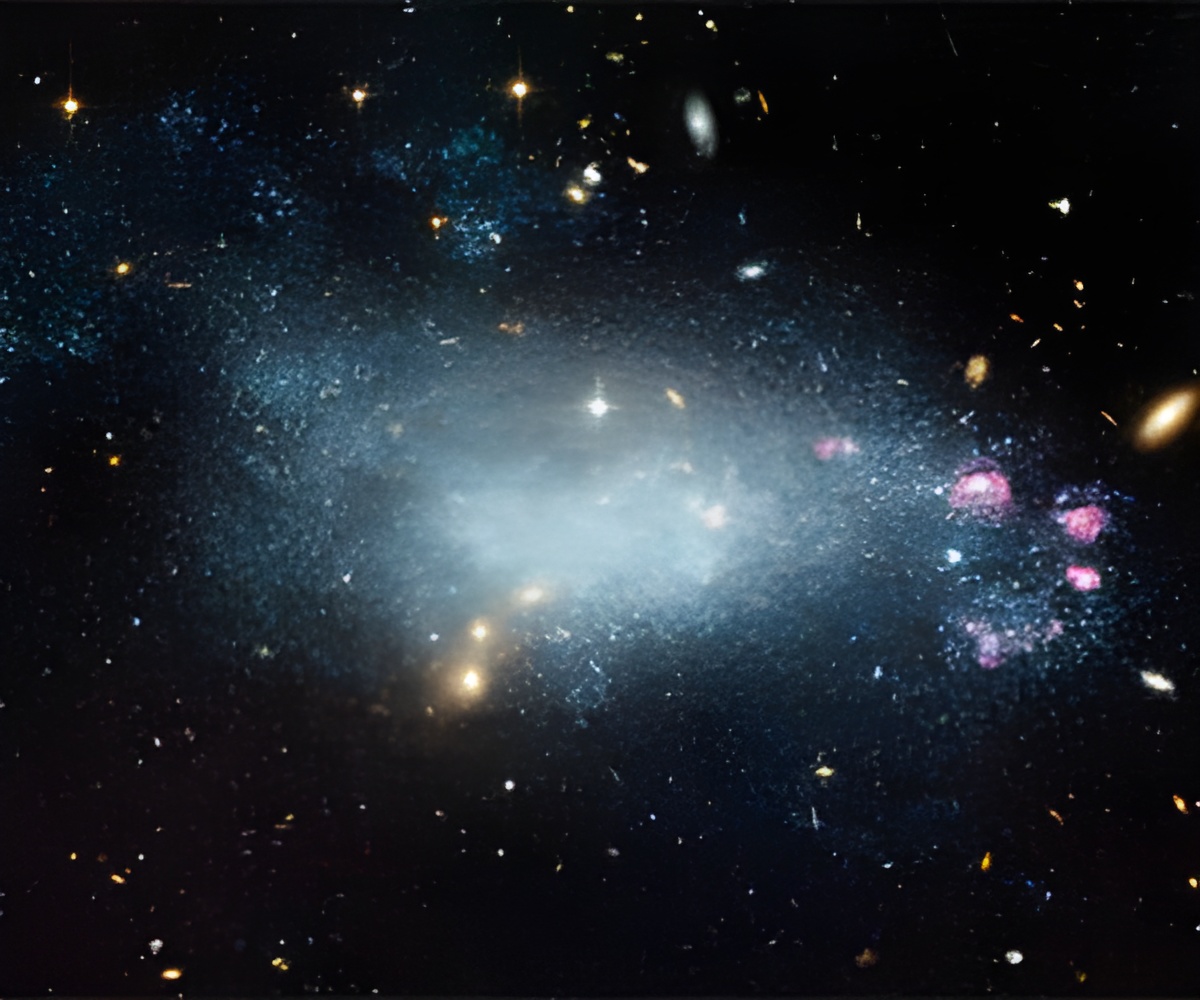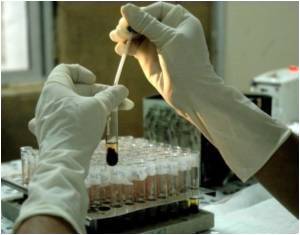Recently, scientists were able to understand the evolution of universe a little better with the help of large and leaky star-forming galaxies.

The researchers used the radiation leak measurement method to help find the ideal star-forming galaxy that contained holes in its cold gas cover.
Consisting of thick, dense cold gas, the cover stretches across a galaxy like a blanket. While an effective tool for helping make stars, this cover presents a challenge for astrophysicists hoping to learn how the radiation that stars produce could be used in the ionization process.
Moments after the Big Bang, the hot, newly born universe began to expand and quickly cool. Several hundred thousand years later, free proton and electron particles in the universe began to connect to each other and form neutral hydrogen atoms. The neutral gas began to collapse into the first stars and galaxies, which then began to radiate brightly.
Using observations made with the Cosmic Origin Spectrograph onboard the Hubble Space Telescope, the research team found the right galaxy to study. In the study, the researchers credit a combination of unusually strong winds, intense radiation and a massive, highly star-forming galaxy for proving the validity of the indicator.
Studying the radiation that seeps through these holes has been an ongoing conundrum for scientists for years.
Advertisement
Source-ANI









